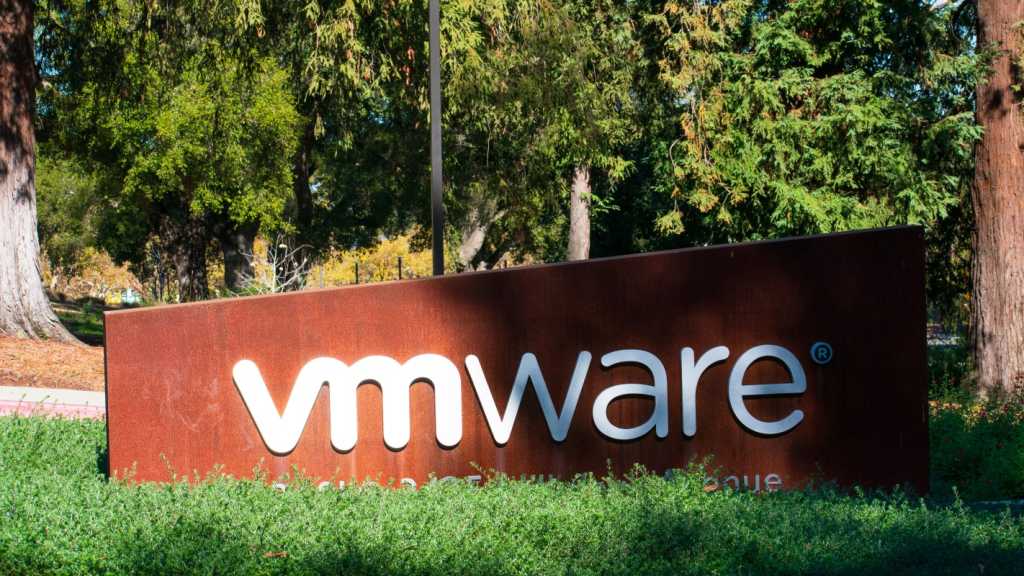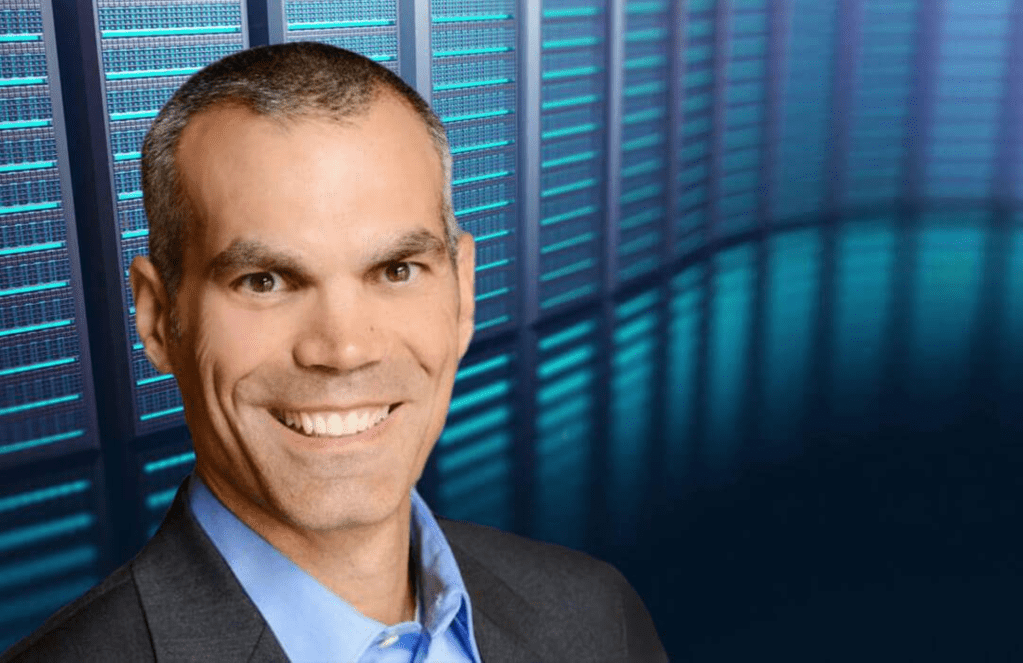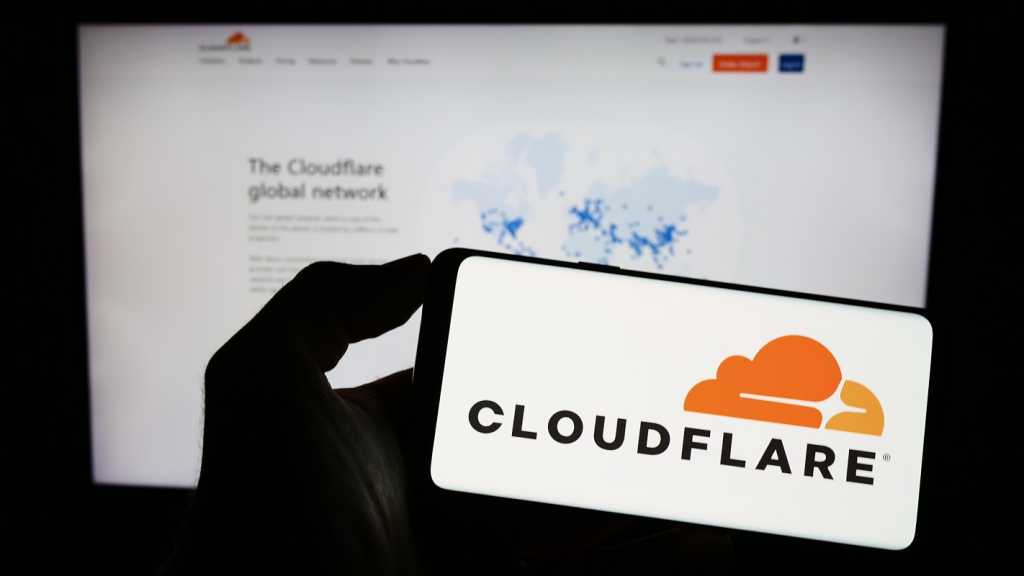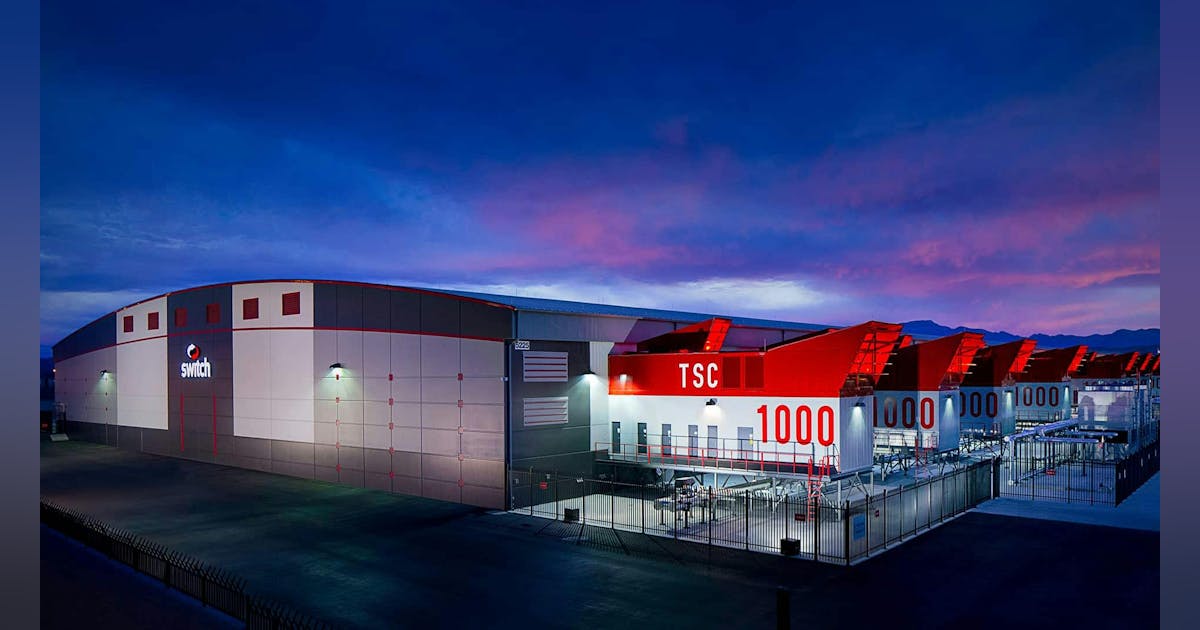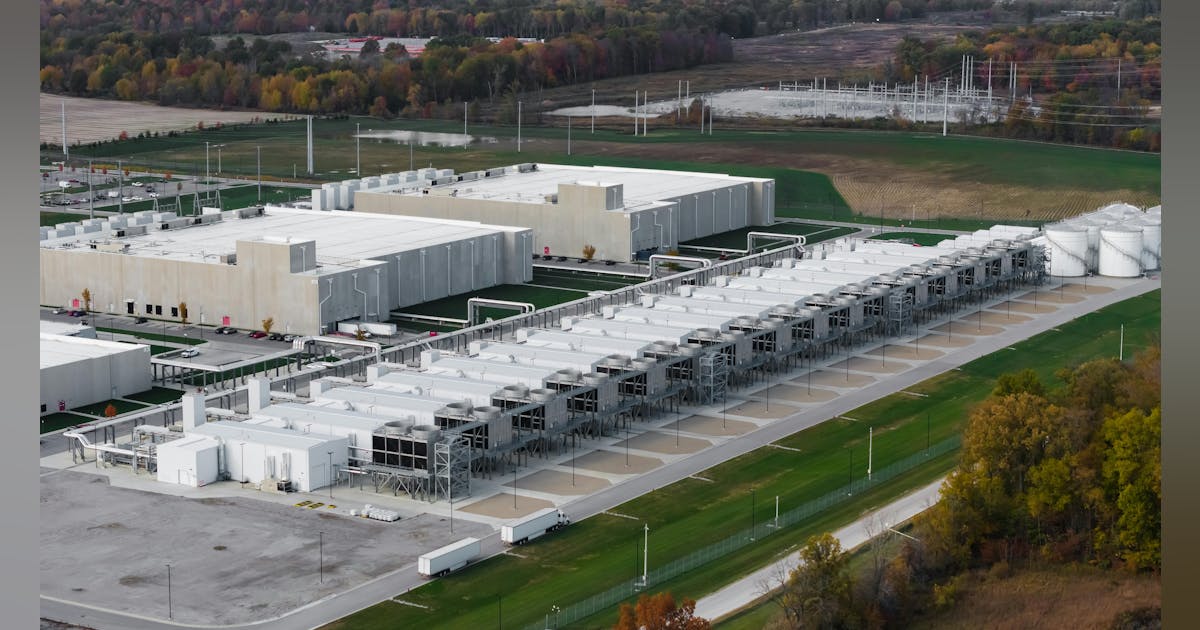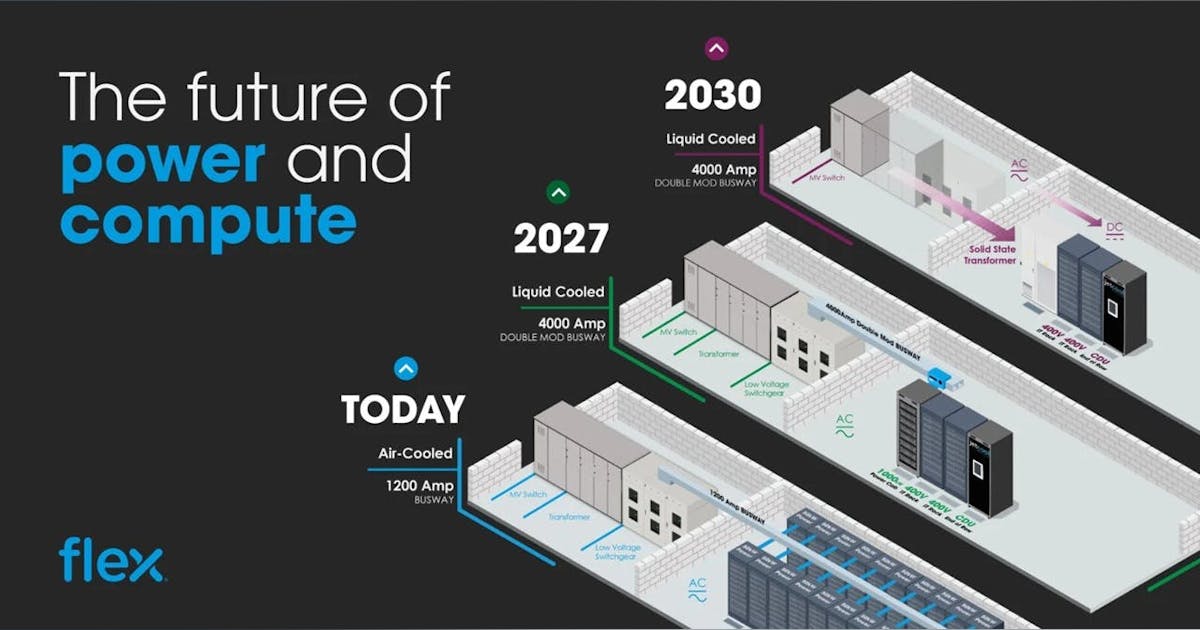Nothing can be said to be certain except death and taxes – though in recent times the exact nature of those taxes has become a source of much uncertainty for many of those operating in the North Sea.
The UK Budget, with its extension and increase of the windfall tax, landed with predictable frustration.
Over the years, the basin has been an unparalleled good for the UK, powering the economy, ensuring energy security, and cementing the country’s leadership in offshore engineering.
However, there is no doubt that the measures announced will accelerate the decline of North Sea oil and gas production.
Yet, there is still much work to be done and plenty of opportunity.
The recent Shell-Equinor tie-up is one clear example of how companies continue to adapt to these challenges.
At the same time, generations of talent and expertise remain an unmatched asset, and as a proudly UK-headquartered company built on that legacy, we continue to find reasons for optimism.
The road ahead
One clear area to be addressed in the North Sea energy sector lies in its existing assets and the plans in place for their future.
Last November’s OEUK Decommissioning Report 2024 found, that “the UK has spent more money doing less work” in the last reporting period, with macroeconomic factors like inflation, political risk and competition for resources all offering a microcosm of the broader issues facing the North Sea.
 © Supplied by Aquaterra Energy/Asp
© Supplied by Aquaterra Energy/AspFor some operators, these pressures may prompt a reassessment of decommissioning plans and encourage them to extract further value from older fields through intervention and late-life extension.
In an environment of rising costs, economic considerations will naturally take priority.
Well intervention and life extension practices can present a cost-effective opportunity and taps into the aforementioned decades of engineering talent that ensures they are delivered efficiently and effectively.
For others, where decommissioning is the best option, it should be carried out with the same laser focus on cost-effectiveness and efficiency.
The UK is well positioned to deliver on this challenge, leveraging its world-renowned expertise in plug and abandonment, well decommissioning techniques, and the safe, efficient removal of offshore structures.
Despite the challenges facing the industry, OEUK’s 2024 Report affirms that the UK’s leadership in decommissioning remains strong.
These skills are not only critical to the North Sea today but are also globally exportable.
From paper to powerhouse
Another opportunity is presented by the energy transition.
The recent success of the Contracts for Difference Allocation Round 6 (AR6) has renewed confidence in the North Sea’s offshore wind ambitions, while the government’s £22bn commitment to carbon capture and storage (CCS) presents a major opportunity for the region to lead in this critical technology.
The proposed creation of Great British Energy, with its headquarters in Aberdeen, is also a positive acknowledgment of the North Sea’s vital role in the energy transition.
 © Supplied by Wullie Marr/ DCT
© Supplied by Wullie Marr/ DCTHowever, its purpose and how it will interact with the wider industry remain unclear.
Regardless, the industry has long proven its ability to adapt and will continue driving progress in the energy transition, with or without detailed government direction.
The North Sea Transition Authority (NSTA) has already established a strong legislative framework to support CCS, including clear licensing systems, storage permits, and monitoring guidance.
This foundation provides the certainty needed to attract investment and position the UK as a global leader in CCS innovation.
Transforming CCS from paper to powerhouse will depend on cross-pollinating skills from oil and gas, leveraging decades of expertise in subsurface engineering and offshore operations.
Yet, CCS also demands specialised technologies and fresh approaches to tackle unique challenges, such as safely injecting and storing CO₂ at scale.
This is uncharted territory and requires unprecedented levels of engineering and innovation to succeed.
We’ve seen first-hand through our work on Denmark’s Project Greensand how existing techniques and expertise can be applied to repurpose platforms for CO₂ injection.
But, equally, we’ve also identified the need for new technologies to support CCS, such as our RAF frame, purpose-built for well re-entry and safely sealing wells with CCS in mind.
We’re all in this together
Delivering these pioneering projects demands new levels of collaboration across industries.
The 2024 OEUK Decommissioning Insight Report, referenced earlier, highlights another challenge that exemplifies broader industry pressures in the growing competition for heavy lift vessels.
As both decommissioning projects and offshore wind installations ramp up, demand for these specialised assets has surged, driving up costs and impacting project timelines across both sectors.
This bottleneck illustrates the interplay between industries reliant on shared resources and is just as relevant to CCS and hydrogen as it is to offshore wind, underscoring the need for greater cooperation.
Measures like smarter scheduling, innovative partnerships, early project planning, and resource-sharing strategies will be essential in optimising the use of these specialised assets, but this principle applies much more broadly.
Whether it’s wind, oil and gas, CCS, hydrogen or any other offshore industry, shared technologies, tools, and talent will play a vital role in delivering results efficiently and managing costs effectively.
The winds of change
Looking at offshore wind in more detail, it remains one of the key shoots of optimism for the basin.
The positive investments and outcomes of AR6 are hugely encouraging, with the government allocating £270 million to emerging technologies such as floating offshore wind and tidal energy.
This £165 million boost, compared to previous rounds, has the potential to bring floating offshore wind closer to commercial viability, unlocking another opportunity for UK global energy leadership.
The success of AR6 has reignited momentum, but delivering on its promise will require addressing challenges such as turbine stability, grid connectivity, and installation in deep marine environments.
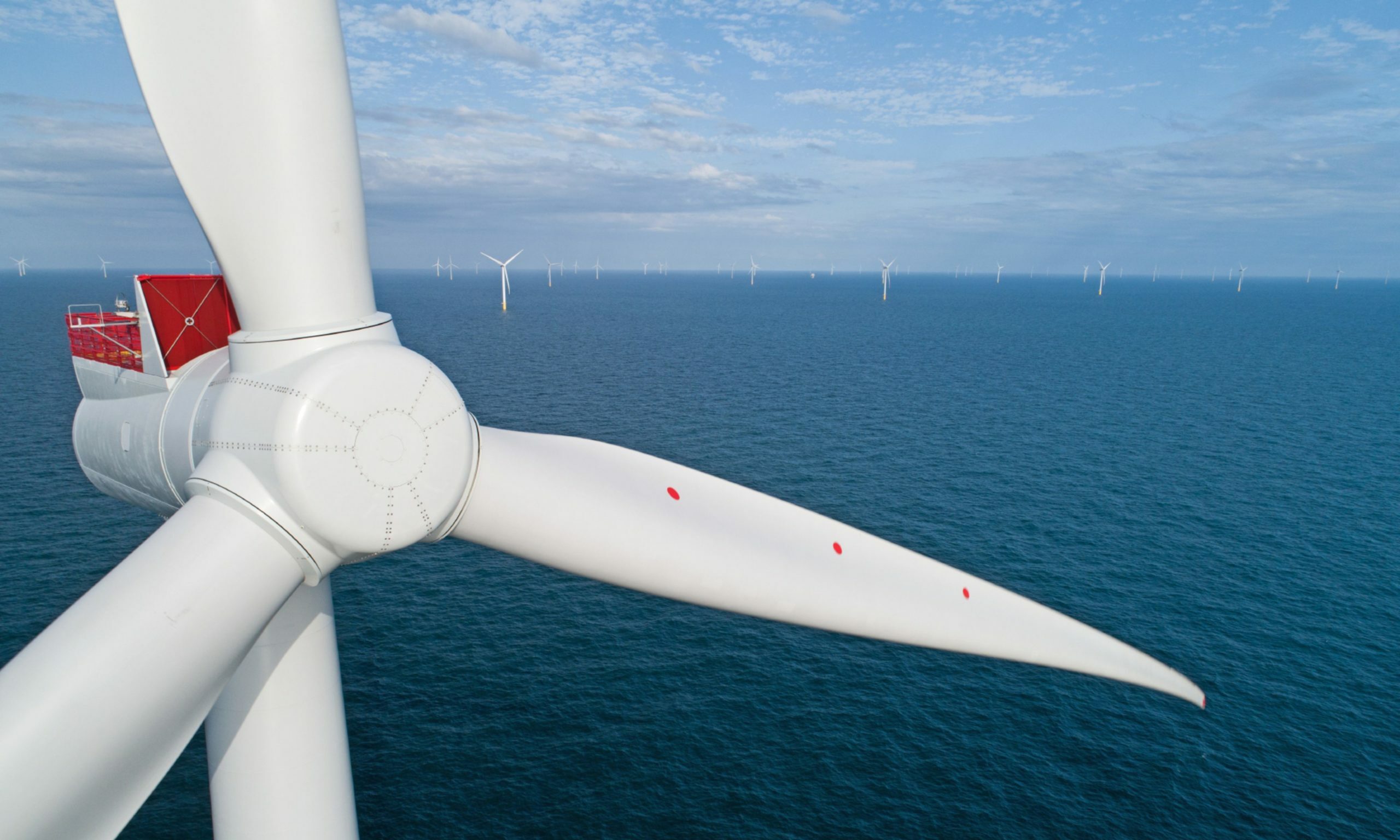 © Supplied by Orsted
© Supplied by OrstedThese are areas where the North Sea’s supply chain, shaped by years of expertise and innovation, is particularly well positioned to succeed.
Green hydrogen holds immense potential for decarbonising hard-to-abate sectors, offering pathways where electrification alone is insufficient.
Progress has been slower than expected, but the Hydrogen Allocation Round 1 confirmation in the budget signals growing momentum, with hydrogen on track to become a key element of the UK’s energy strategy.
Scaling up hydrogen production and infrastructure will require innovative approaches and targeted investment in key technologies, such as electrolysers.
One approach could be to combine floating offshore wind with hydrogen production, co-locating renewable generation and electrolysis, alongside minimalist green hydrogen platforms for rapid and efficient deployment.
By situating these solutions where offshore wind resources are most abundant, the potential to harness maximum renewable energy is unlocked.
Established offshore expertise, working alongside emerging technologies, offers a practical way to turn this vision into a reality and support the energy transition.
Investment is key, not just for green hydrogen, but for the entire spectrum of opportunities discussed here, from floating wind to CCS.
Together, these industries form the foundation of a diversified and sustainable energy future.
The shoulders of giants
The North Sea stands on the shoulders of giants, with a legacy of innovation that has driven the UK economy and shaped the global offshore energy industry.
While challenges like fiscal pressures and resource competition loom large, the opportunities are too significant to ignore, and we must work hard to deliver on them.
Realising this potential will require more than optimism alone.
Collaboration, ambitious investment, and a stronger commitment to support the basin’s expertise are essential.
Without these, the North Sea risks slipping into managed decline.
Yet, with the right focus and support, it has the chance to lead a new era of energy innovation and secure its place as a global energy leader.
George Morrison is the chief executive officer of Norwich-headquartered Aquaterra Energy.
Recommended for you

Three Aberdeen oil company headquarters sell for £45m

